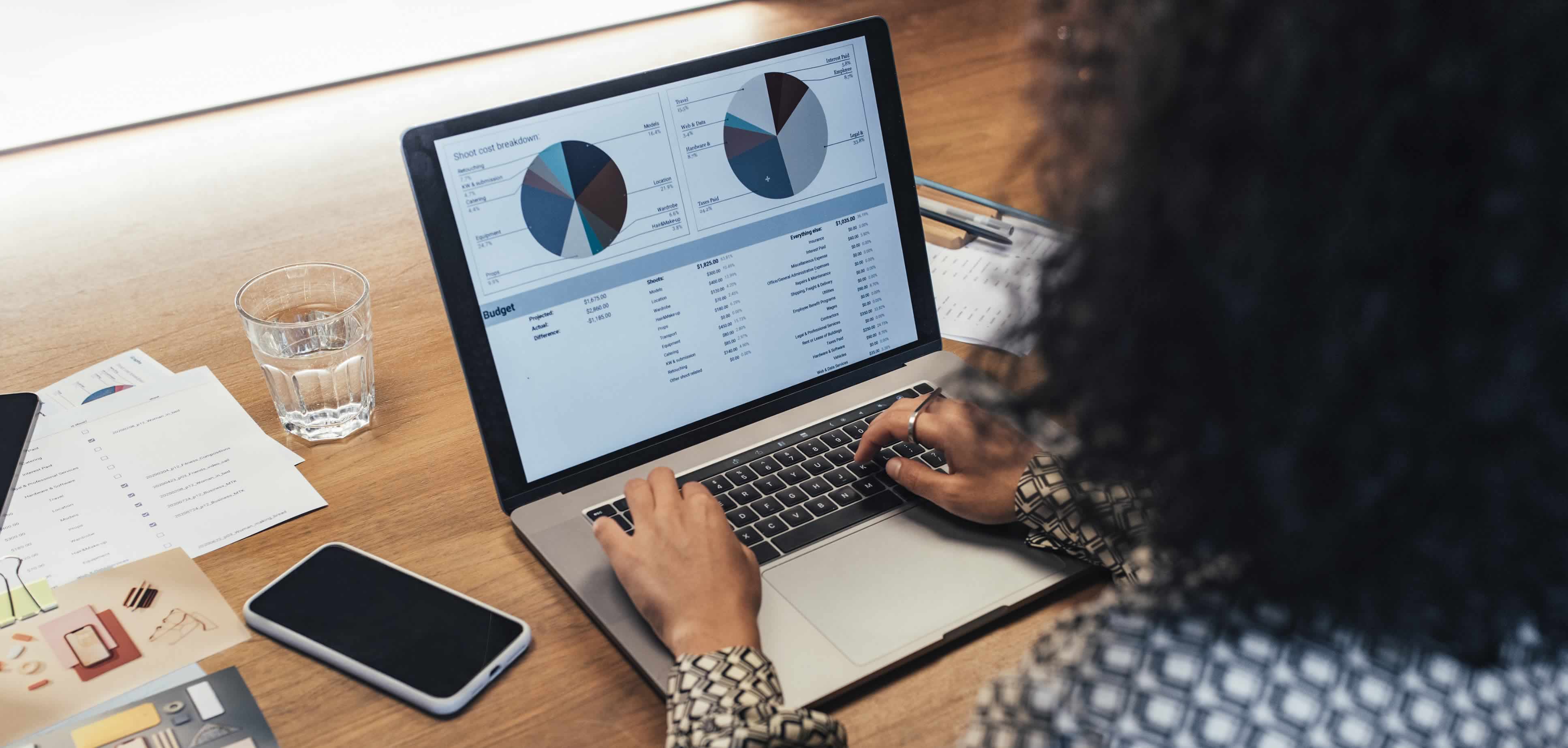Financial Foundations

Having a solid financial foundation is an important aspect of successful investing. Certain financial factors might influence your ability to make investments. Here are some key steps to take:
Know Your Monthly Cash Flow
Monthly cash flow represents the difference between your sources of income—like salary, child support, alimony and government benefit payments—and your monthly expenses, including rent or mortgage, car payments, groceries, utilities, insurance, credit card payments and child support or alimony payments. Getting a handle on your cash flow is an essential part of your investment strategy. A positive cash flow, which occurs when your income exceeds your expenses, might provide you with the flexibility to consider more investment opportunities.
Calculate Your Net Worth
Determining your net worth can enable you to set investment goals, determine your risk tolerance, and calculate how much you might be able to invest. Calculate your net worth by adding up what you own (assets)—including investments, savings, personal property and your home or other real estate—and subtracting what you owe (liabilities)—such as mortgages, credit card balances and personal or auto loans.
If your assets exceed your liabilities, you have a positive net worth; if your liabilities are greater than your assets, you have a negative net worth. Having a positive net worth could allow for greater flexibility when it comes to funds available for investing opportunities.
Regular net worth assessments—say annually—provide a measurable way to track your financial progress over time, helping you adjust your strategy as circumstances change and ensuring your approach remains aligned with your objectives.
Manage Debt
Paying down excessive debt, particularly when it carries a high interest rate like credit card debt, is one of the best ways to improve your financial foundation. The money you save by paying off high-interest debt might exceed the average returns available from most investments. For example, if you pay off the balance due on a credit card charging a 20 percent annual interest rate, you’re saving that 20 percent instead of putting it toward interest payments every year. It’s good to settle these obligations as quickly as you can.
If you can’t pay off all your high-interest debt immediately, create a plan to put regular, sustainable payments every month toward paying off the balance. Think about whether the money you save in interest payments can go toward productive investing at some point in the future. Managing debt strategically can help you pursue your financial goals and support your efforts to maintain an emergency fund.
Build an Emergency Fund
It's important to set aside some money in an emergency fund so you can afford a large, unexpected expense or navigate a temporary loss of income without assuming substantial debt or liquidating your investments. Financial planners often recommend the equivalent of three to six months of living expenses, though those with variable income or specialized careers might need a larger reserve than those with stable jobs. If you have high-interest debt, you’ll have to decide how to balance paying off this debt versus using the money to establish or supplement your emergency fund. And even if you can’t (yet) reach recommended levels for your rainy-day fund, remember that the most important thing is to start the habit of saving.
Your emergency fund should be in a liquid (easily accessible), interest-bearing account like a savings account at a bank or credit union where you can withdraw your money at any time without penalty. If you consider other alternatives, such as money market funds—which typically are lower-risk securities offering relatively easy access—or other bank products like money market accounts or certificates of deposit (CDs), be sure to find out how accessible your money will be in an emergency and what fees or penalties might apply to withdrawals. Use the FINRA Savings Calculator to see how your savings could grow over time based on a consistent approach to investing.
Avoid using your emergency fund for non-essentials like holiday shopping or luxury purchases. If you need to access the funds to plug an unanticipated budget gap, replenish the money as soon as you can.
An emergency fund can provide peace of mind and practical protection. It might allow you to take appropriate investment risks without fearing that market downturns might force you to sell assets at a loss to cover unexpected expenses. This type of financial buffer can be essential for maintaining your investment strategies over time.
Consider working with an investment professional to help you determine the best plan for achieving your individual financial goals. Use FINRA’s BrokerCheck to research the background and experience of investment professionals, brokerage firms and investment adviser firms.
Learn more about key investing topics.



